Creatives beware: A new deceptive scam targeting artists is making its way around on social media. Treacy Ziegler explains how she could’ve been a victim after receiving a run-of-the-mill friend request.
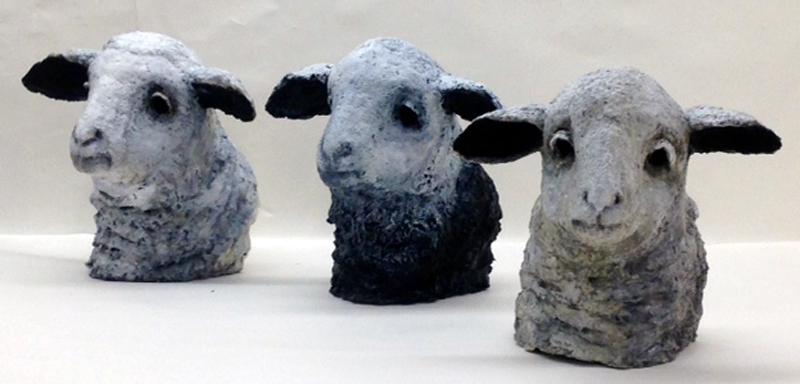
By Treacy Ziegler
When Nancy first sent me a request to be a Facebook friend, I was surprised, vaguely thinking I was already her friend. But figuring we somehow got unfriended, I again confirmed her as a friend.
I know Nancy as a Philadelphia artist and have been a fan of her work for about 25 years, but I don’t know her personally. A few days after friending me on Facebook, I received a Facebook message from Nancy asking how was I. I thought this message was strange, but I answered saying fine and asking how she was. In answering, Nancy said great because she just received a grant. She added that maybe I was interested in the grant.
This suggestion might have seemed stranger than the initial hello, but, in fact, it was less strange. I have sent messages through Facebook to artists I know of, but not well, suggesting they apply for grants based upon what I know of their work — sending a message of “Hello, I thought you might be interested in this grant because…” adding, “BTW, I really love your work.”
Likewise, people have forwarded, through Facebook messaging, grant opportunities pertaining to art and prison, knowing I volunteer with prisoners and have a distance-learning art project for prisoners throughout the United States. When Agnes Gund sold a Lichtenstein painting for $150 million and started the Art for Justice Fund offering large grants to artists working toward prison reform, I received numerous FB messages from friends about it.
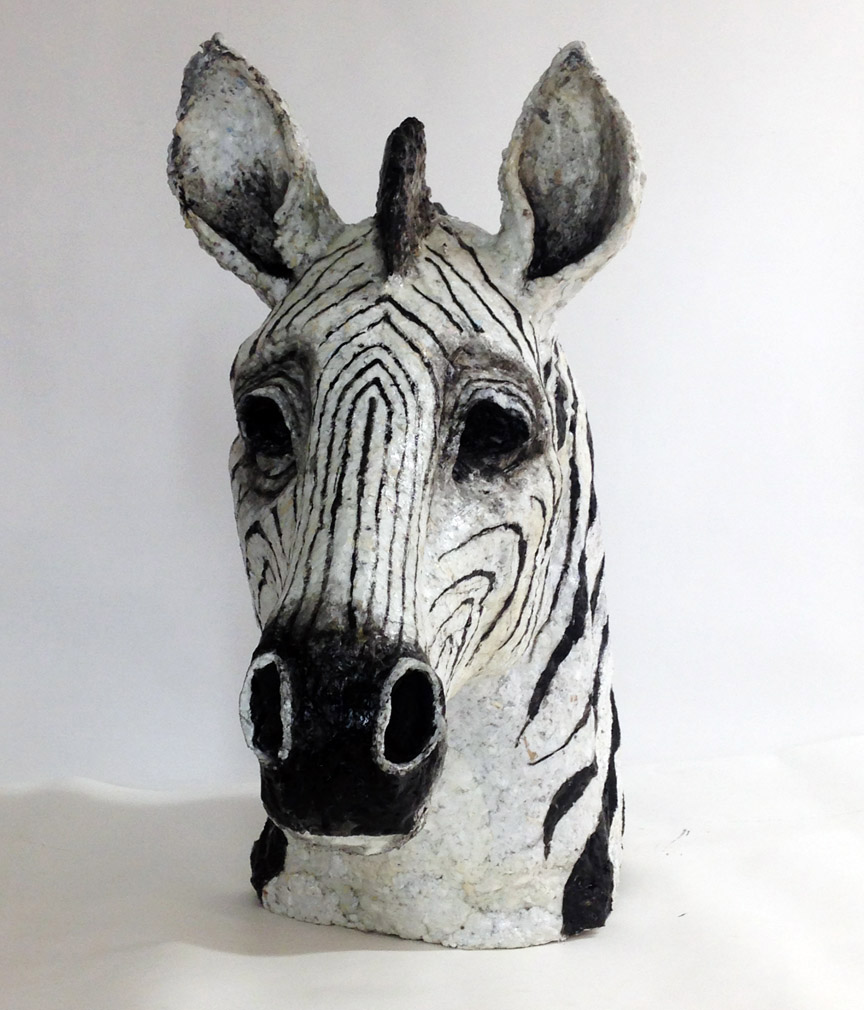
I tend to stay away from grants specified for social issue concerns. I don’t want to be swayed into projects that might take me from the focus of volunteering in prisons or working in my studio. Most of all, I believe the simple acts of teaching and sharing my skills in prison are the biggest means for impacting prisoners. Unfortunately, the humble task of teaching is rarely a selling point for getting a grant.
Regardless of my reticence for most grant processes, I asked Nancy about the grant, and she answered that it was a JPB Foundation grant. In researching the web, I discovered there was a JPB Foundation granting money to organizations. There was no mention of grants for artists. When I questioned Nancy about this, she answered me with providing the contact person for the foundation, who would check my eligibility for the grant, apparently checking some data bank of information that would clue this contact person in to my eligibility. Nancy didn’t actually answer my question.
This was the point that the strangeness of the conversation became very clear. I have received a number of grants and know there is a process to follow, not a data bank of information that would confirm my eligibility, as Nancy seemed to suggest.
Suspicious, I returned to Nancy’s Facebook account page. In doing this, I discovered that Nancy had two Facebook accounts. One in which she — presumably the real Nancy — was actively posting on and a second account, in which there was only her cover photo with no other postings. Even more revealing was that the picture on this second account referred to Nancy as “him.” It seems someone took Nancy’s identity and her cover photo, creating a new page. (Read the article “How do you report an account or Page that’s pretending to be you or someone else?”)
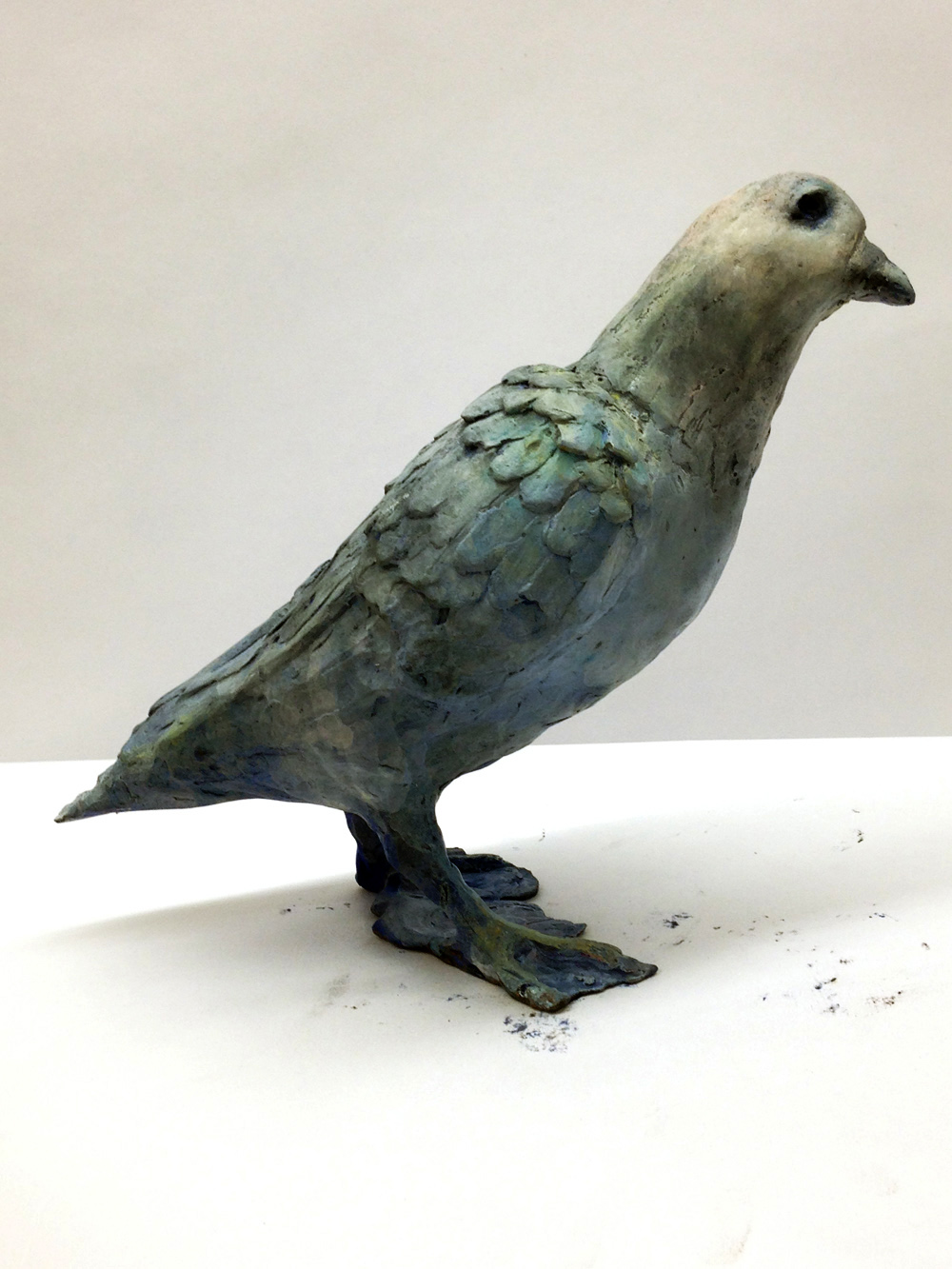
What was more confusing is that several of my friends were also listed as friends of fake Nancy. Often, scammers on Facebook send requests that are obvious and distinct. There are those obvious friend requests from people posing as men (or women, as my husband received — I guess scammers tend to stay heterosexual for the general Facebook population). These men present themselves as being in the military, but they have no friends and no posts other than numerous pictures of themselves (or someone for whom they are posing). It is easy to spot these requests and easy to ignore them. Of course, I ignore any Facebook requests — scammer or sincere — where the posts are a series of selfies. (Who wants to be involved with that seemingly self-centered Facebook account?) On fake Nancy’s account, however, there were 25 mutual Facebook friends, some of them actual friends and acquaintances from the Pennsylvania Academy of Fine Arts. Some of these mutual friends clicked “like” on the photo cover of the fake account, which gave the account more legitimacy in appearance.
I did message two of those friends, Barbara and Roberta, asking if they received the message from Nancy. Yes, they had. Because Barbara received several like Nancy’s from other people, she was immediately suspicious and ignored it.
I consequently posted this scam on my Facebook page as a warning and had several interesting comments. Some shared similar experiences. One artist knew of a woman who actually met with people identifying themselves online as art dealers. I don’t know how this experience turned out except that the people got nasty with her in the meeting. Some Facebook comments suggested that they would have been more clued in to a scam from the beginning than I had been. Hindsight is very helpful, and a suggestion about a grant from a friend does not particularly sends warning signals. It isn’t like that email scam where a close friend is stranded in Africa, needs money, and the email is poorly written with several misspellings.
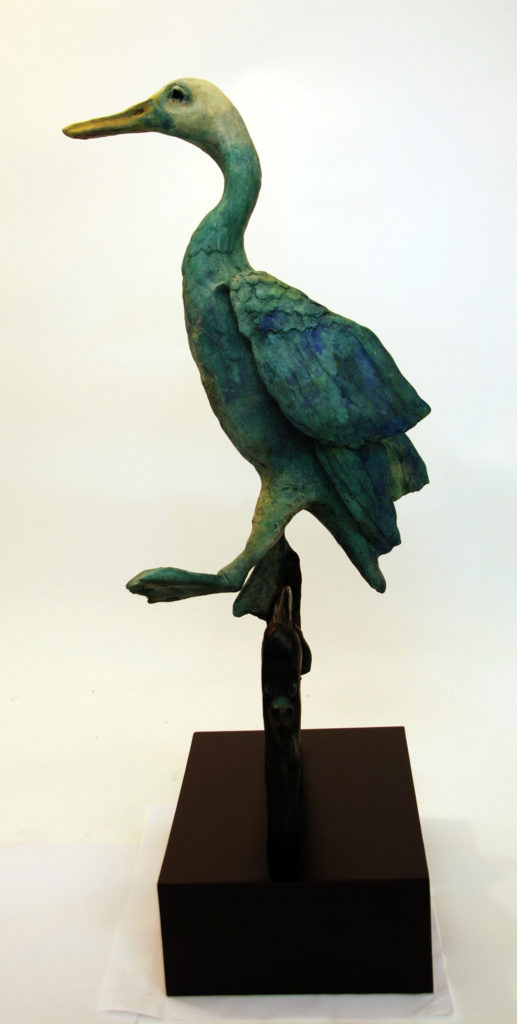
One scam many artists have received involves an email written by a supposed spouse or partner who writes that they have seen their partner/spouse looking at the artist’s website and want to buy a piece of art for that partner. The scam includes an overpayment from the buyer, who in turn asks that the artist send back the overpayment of the check. Of course, the check was a fraud. I have never responded to these emails because this isn’t the way people approach me when buying a work of art. Usually, people send emails asking where the artwork can be seen, whether I have a gallery or I have any upcoming exhibitions, and so on. And I have a personal policy that I don’t sell anything privately, and I forward any legitimate-sounding emails to my galleries.
Why are we as artists so often the victim of scams? People in general become victims of scams because something is being presented in the scam that they want to believe. Belief is primary to an artist. Artists depend upon the belief that they can create something worthy of another’s attention (even though at times they may struggle with it). Therefore, the comment “my wife loves your work” is a statement artists want to believe.
Furthermore, an artist is under constant judgment — both from themselves and from others. Being creative demands an ambiguity where absolutes are never a factor (or else the art would be art-by-numbers). Because of this ambiguity with a backdrop of constant judgment, it’s not surprising that artists would be ready to hear affirmations of their art.
Added to this constant judgment is an ever-present vulnerability for artists. This vulnerability is not surprising given the discouraging reminders from galleries and exhibition venues that there is not enough room in the world for all the artists. It is the vulnerability that arises from being forced into tough competition where only some artists will be able to sustain themselves through their art, be it through galleries in the commercial world or through grants and teaching positions in the academic world. In either case, both the commercial and the academic worlds set an elitist selection of who gets to be an artist and what is considered art.
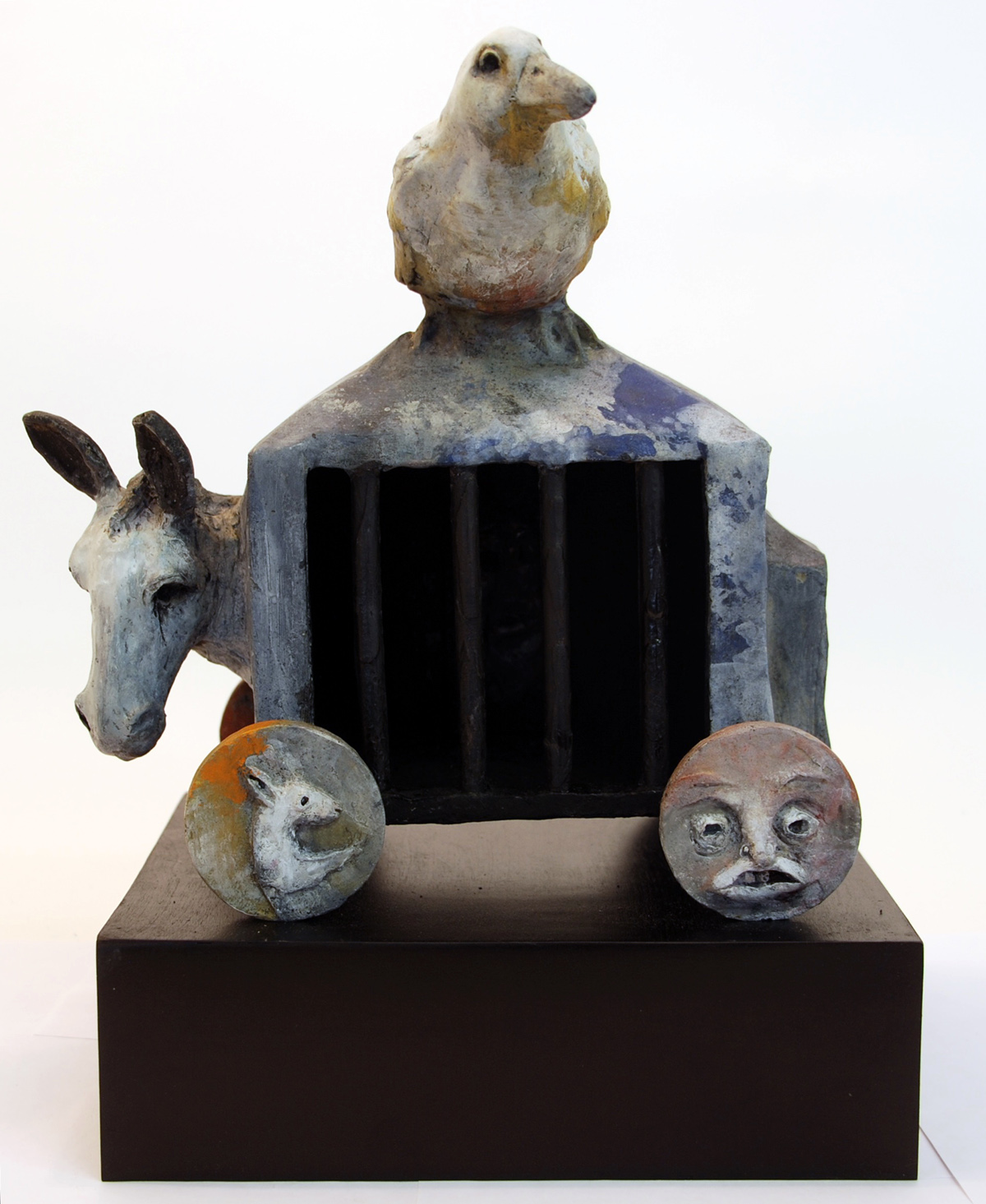
When I graduated from art school in 1989, it was predicted that only 2 percent of artists graduating from art school would still be working as artists five years after graduation. (I’m not sure if this number has grown since then.) Imagine if these numbers applied to any other graduating group — say, if only 2 percent of doctors trained were practicing medicine five years after receiving their MDs! Given the rising costs of art school — one recent art school graduate is faced with $100,000 in student loans — one can only wonder how this is paid off when the training only allows 2 percent to continue (if those numbers still apply).
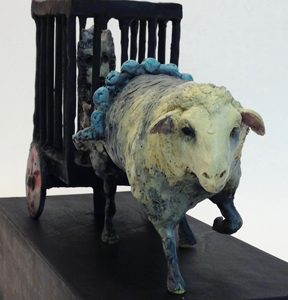
When I graduated from art school, this was not a big concern; it wasn’t so expensive. Maybe more importantly, I was taught at the Pennsylvania Academy of Fine Arts that art was not a career. Instead, art was shown as a way of life — and life does not guarantee a paycheck each week. I’m not sure if art schools are presently embracing art as a way of life; I wonder if instead art schools are more interested in developing “careers.”
I don’t know what would have happened if I hadn’t consequently blocked fake Nancy from my Facebook account. Would fake Nancy have sent me a fake application asking for money? Some scams for grants ask for an application fee, bogus as it may be. (I Facebook-messaged the real Nancy to inform her of the fake account, but she did not get back to me. Perhaps she thought I was a scam.)
Barbara, one of my friends approached by fake Nancy, asked, “How do we protect ourselves from such scams?” I didn’t have an answer. Being suspicious of anything that sounds like a give-away? Keeping Facebook to only people you know? But that doesn’t work if a scammer takes the identity of a distant friend.
However, social media should not be avoided; it’s too valuable a tool for artists and is a wonderful way of seeing others’ work and sharing work with them (which is the basic reason I use Facebook; I love seeing what my friends are creating — some I have known from art school, some new). Facebook sharing creates a community for artists, who for the most part work in solitude.
As scammers take advantage of social media, artists too can take advantage of social media by sharing and exposing scams to others in their network, helping this community become vigilant — like a neighborhood watch. How could this neighborhood watch against predators and scammers be structured on Facebook?
Share your thoughts and experiences below, and visit Treacy Ziegler’s website at www.treacyziegler.com.
Are you ready to become a successful, in-demand, high-earning artist? Learn how with “Art Marketing in a Box” – a whole year’s worth of marketing mapped out, ready for you to use and profit from.



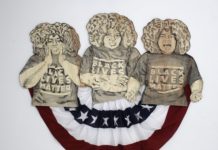

Thank you for making artists aware of this scam. For yet another type of scam, which *uses* artists and for which I am an identity victim, see my blog post: https://denisejhowardart.wordpress.com/2018/07/21/im-not-that-denise-howard/
Denise
Comments are closed.